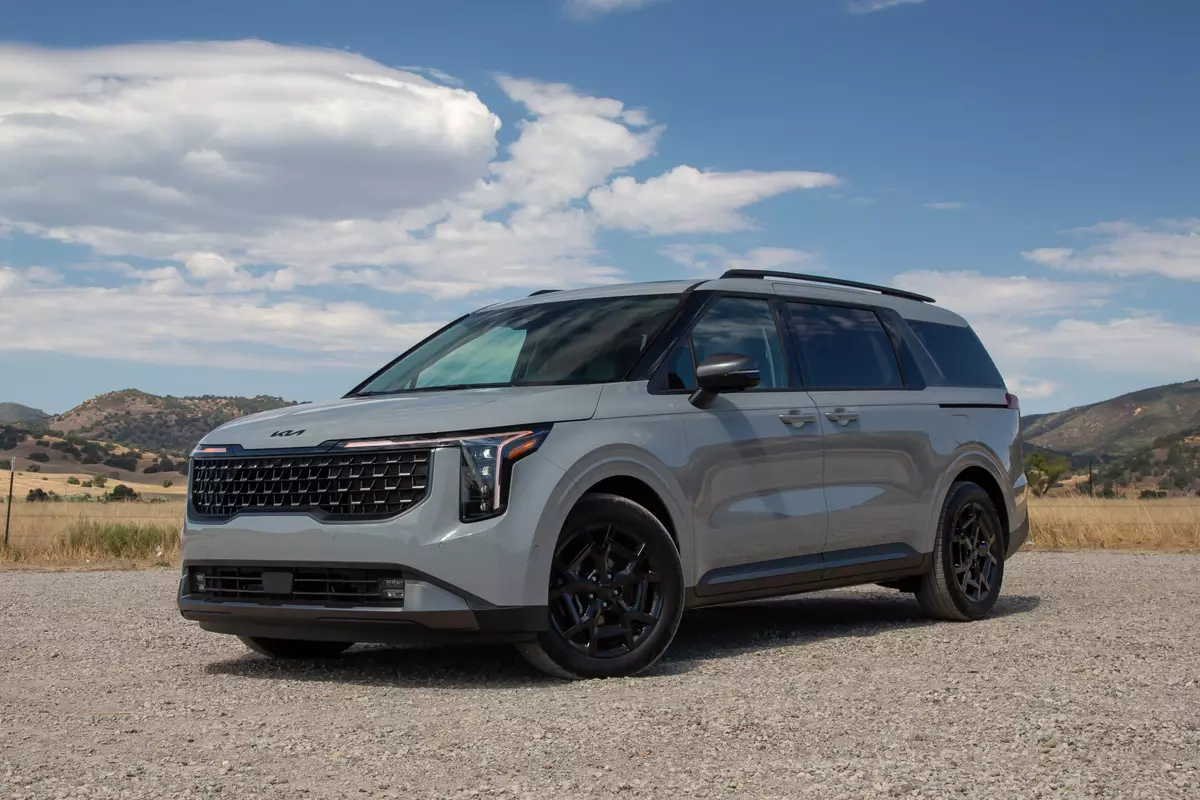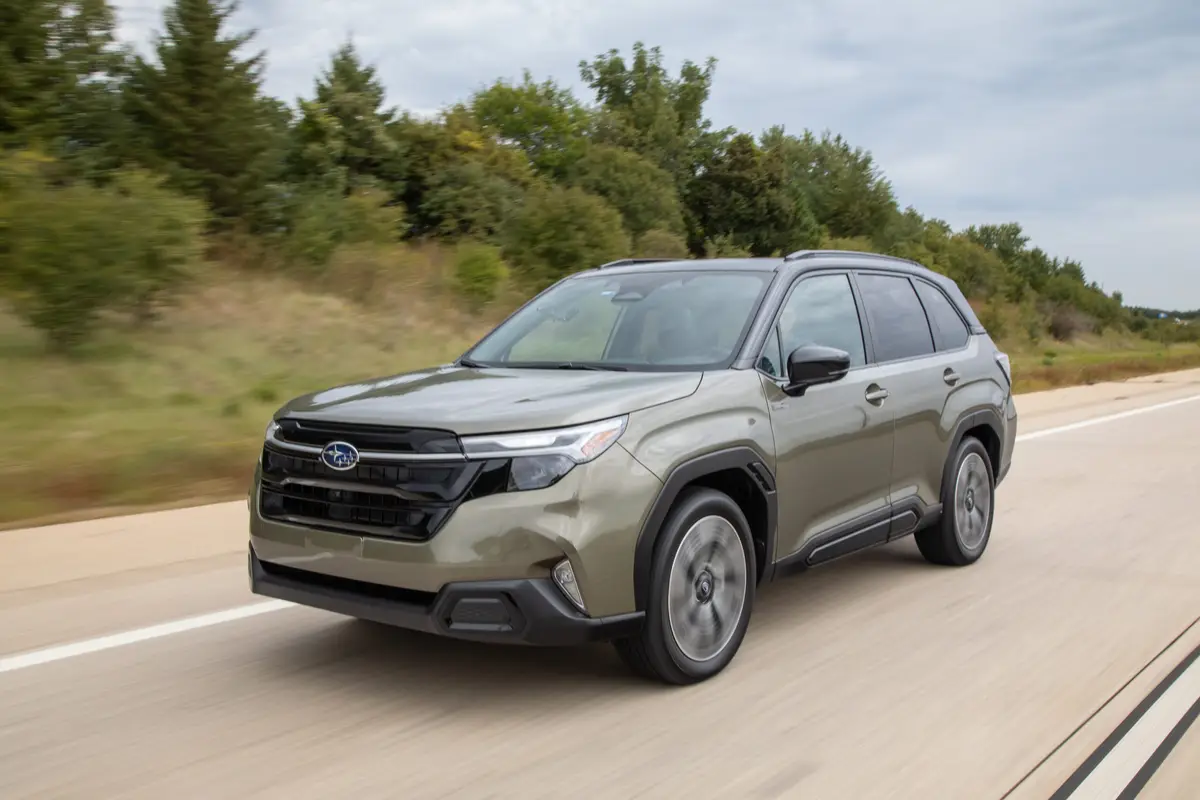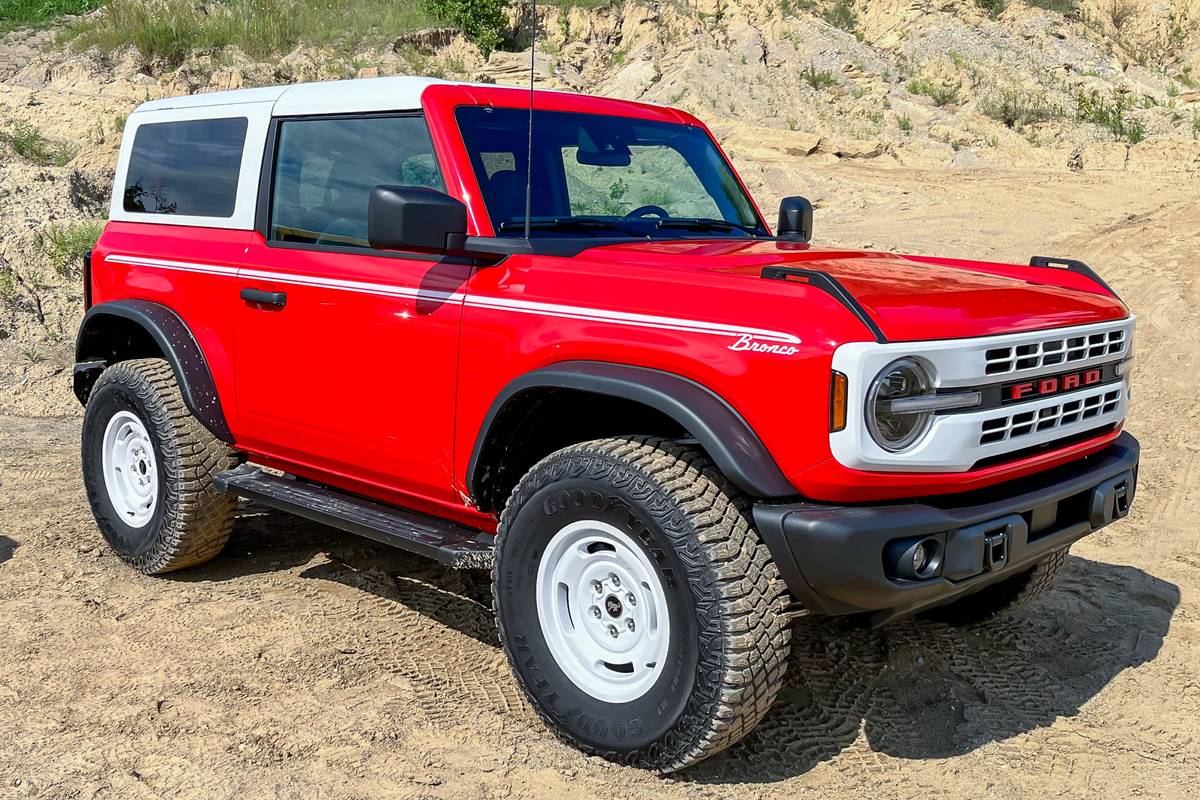washingtonpost.com's view
Capitalism has certain imperatives. Consider the matter of markets.
New markets equal new profits or, at least, the chance for expanded earnings.
Aging markets equal decline. Decline equals eventual death, either for a specific product, the company that makes it, or both.
No capitalist wants to die. If you understand that, you’ll understand why Ford Motor Co. developed the 2001 Explorer Sport Trac sport-utility/mini-pickup. It’s designed to bring new life to the Explorer line, which was introduced a decade ago.
In the auto industry, 10 years is the product equivalent of a century, especially in today’s world, where consumer tastes change at Internet speed. Young consumers, the 20s and 30s crowd, were turning away from the original, midsize Explorer sport-utility vehicle, which their elders had long used as a supposedly hip substitute for minivans and station wagons.
Nowadays, “hip” means action. It means that an off-road vehicle actually will be used off-road, that it will get muddy and dirty, possibly scratched and dented. It means that a sport-utility vehicle had better be able to do more than haul children and groceries.
Nissan Motor Co. figured this out quickly and gave us the award-winning Xterra sport-utility vehicle and the equally compelling and enjoyable Frontier Crew Cab sport-ute/pickup. Now comes Ford with its competitive Sport Trac. Should you choose to accept Ford’s offer, this is what you’ll get: an Explorer with chutzpah.
The first thing you’ll notice is the four-foot-long cargo box mated to a four-door Explorer body. The box’s unusually short length is surpassed by its unusually rugged yet lightweight construction. It’s made of composite plastics, which means it will never rust, rattle or dent easily.
You can carry rocks back there or, more likely, a motorbike or some other recreational property. Should you desire to carry more, you can flip down the tailgate and connect an optional tubular steel cargo cage to gain 22.6 inches of extra cargo room.
Step inside the cab. Yep. That’s a rubberized floor. You can muddy it up and hose it out. The seats are also washable, unless you do something perfectly silly like ordering the leather-seat option. For dates, you can spiff up the interior by throwing down equally washable, attractive Berber floor mats.
The Sport Trac is built on a frame that is 14 1/4 inches longer than that of the regular Explorer. Yet, because of the use of thicker side-frame rails, a new tubular brace (or cross-member) and the design of that lightweight cargo box, the Sport Trac feels tighter, more agile and sure-footed on and off-road.
This is a welcome variation on an old theme. It emphasizes cargo hooks (there are 10 on the rear box) over cup holders. It pays more tribute to versatility than utility (there’s even a weatherproof 12-volt outlet in the cargo box), and it comes with many pleasant surprises, such as a console that includes a portable, soft-sided carrying case as standard equipment.
Will it sell? Yep. Probably well enough to keep the Explorer line going for at least five more years.
Nuts & Bolts
2001 Ford Explorer Sport Trac Complaints: The original Explorer seats five people comfortably. The Sport Trac doesn’t. For best results, travel with no more than a party of four.
Praise: Ford’s marketers are on target. If they and their dealers can keep the base prices within the proposed range of $23,000 to $25,000, the Sport Trac should be a hit among the well-employed 20s-30s group. It appeals to computer geeks and to the electronically untethered who yearn to breathe free.
Head-turning quotient: Odd enough not to please everyone, which is a good, good thing. Products that stick out develop loyal followers.
Ride, acceleration and handling: More car-like than the Explorer in all thr ee areas. That’s interesting, because it feels more capable than the Explorer in the bush and the mush.
Layouts: Available in two- and four-wheel drive. Two-wheel drive gets standard 15-inch wheels and tires. Four-wheel drive gets 16-inch rubber.
Engine: The Sport Trac runs with a standard 4-liter, single-overhead-cam V-6 designed to produce 205 horsepower at 5,250 rpm and 240 pound-feet of torque at 3,750 rpm. An electronically controlled five-speed automatic transmission is also standard equipment.
Capacities: Payload capacity in the tested four-wheel-drive version is 1,180 pounds. Towing capacity is 5,040 pounds. Fuel capacity is 20.5 gallons; regular unleaded recommended.
Mileage: About 16 miles per gallon in highway, city and modest off-road driving.
Price: The Sport Trac goes on sale later this month. Pricing is not yet firm. Preliminary base prices range from $23,050 for two-wheel drive to $25,820 for four-wheel drive. Then add options.
Purse-strings note: This one is hot. I wouldn’t look for bargains any time soon.
Latest news



